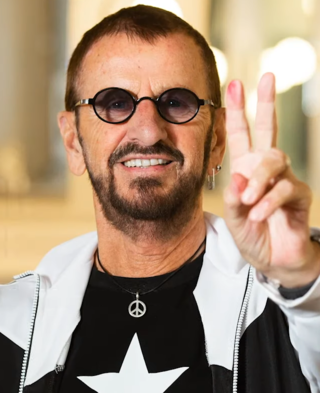
Sir Richard Starkey, known professionally as Ringo Starr, is an English musician, songwriter and actor who achieved international fame as the drummer for the Beatles. Starr occasionally sang lead vocals with the group, usually for one song on each album, including "Yellow Submarine" and "With a Little Help from My Friends". He also wrote and sang the Beatles songs "Don't Pass Me By" and "Octopus's Garden", and is credited as a co-writer of four others.

In addition to the Beatles' films A Hard Day's Night (1964), Help! (1965), Magical Mystery Tour (1967), Yellow Submarine (1968) and Let It Be (1970), Ringo Starr also acted in films such as Candy (1968), The Magic Christian, Blindman (1971), Son of Dracula (1974) and Caveman (1981). Starr directed and appeared in Born to Boogie (1972), a concert film featuring Marc Bolan and T. Rex. For the 1979 documentary film on the Who, The Kids Are Alright, Starr appeared in interview segments with fellow drummer Keith Moon. He starred as Larry the Dwarf in Frank Zappa's 200 Motels (1971). His voice is also featured in Harry Nilsson's animated film The Point! (1971).
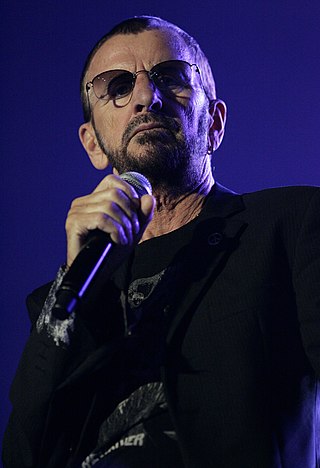
English musician Ringo Starr has released 20 studio albums and 46 singles. Starr achieved international fame as a member of British rock band the Beatles.
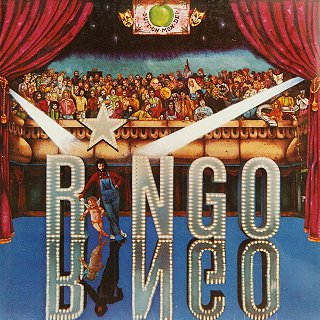
Ringo is the third studio album by English musician Ringo Starr, released in 1973 on Apple Records. It peaked at No. 7 on the UK Albums Chart and No. 2 on the Billboard 200 and has been certified platinum by the RIAA. In Canada, it reached No. 1 on the RPM national albums chart.

Ringo Rama is the 13th studio album by Ringo Starr, released in 2003.

Beaucoups of Blues is the second studio album by the English rock musician and former Beatle Ringo Starr. It was released in September 1970, five months after his debut solo album, Sentimental Journey. Beaucoups of Blues is very far removed in style from its pop-based predecessor, relying on country and western influences. A longtime fan of the genre, Starr recorded the album over three days in Nashville with producer Pete Drake and an ensemble of local session players. Beaucoups of Blues failed to chart in Britain but achieved moderate commercial success in the United States, where it reached number 35 on Billboard's Country Albums list and number 65 on the Billboard Top LPs chart.

Goodnight Vienna is the fourth studio album by Ringo Starr. It was recorded in the summer of 1974 in Los Angeles, and released later that year. Goodnight Vienna followed the commercially successful predecessor Ringo, and Starr used many of the same players, including Billy Preston, Klaus Voormann, Robbie Robertson, Harry Nilsson, and producer Richard Perry. The title is a slang phrase meaning "it's all over".

Blast from Your Past is a compilation album by English rock musician Ringo Starr, released on Apple Records in 1975. It is both Starr's first compilation LP and his final release under his contract with EMI. It was also the last album to be released on the Beatles' Apple label until it was revived in the 1990s.
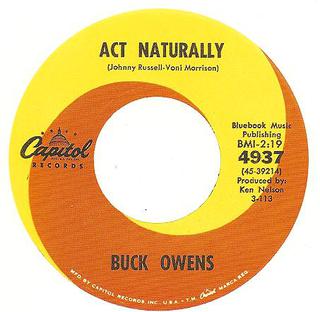
"Act Naturally" is a song written by Johnny Russell, with a writing credit given to Voni Morrison and publishing rights transferred to Buck Owens. It was originally recorded by Buck Owens and the Buckaroos, whose version reached number one on the Billboard Country Singles chart in 1963, his first chart-topper. In 2002, Shelly Fabian of About.com ranked the song number 169 on her list of the Top 500 Country Music Songs.

Ringo the 4th is the sixth studio album by English musician Ringo Starr, released on 20 September 1977. Its title is sometimes ascribed to him being the fourth member of the Beatles. Others have suggested that it is his fourth mainstream album, which excludes his Great American Songbook homage, Sentimental Journey, and his country-western foray, Beaucoups of Blues. However, Ringo the 4th is a dance-oriented record, crafted for him by his Atlantic Records producer, Arif Mardin.

Bad Boy is the seventh studio album by English rock musician Ringo Starr, released in 1978 by Polydor Records. The album was released at a time of diminishing success for Starr, failing to chart in the UK and reaching only No. 129 in the US and No. 98 in Australia, with none of its singles charting in either the UK or US. Prior to its release in the US, it was cross-promoted with the TV special Ringo, which was poorly received, and a planned follow-up special never came to fruition. Bad Boy would ultimately be Starr's final album release for Polydor.
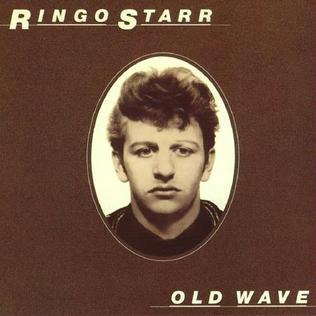
Old Wave is the ninth studio album by English rock musician Ringo Starr. It was originally released in June 1983, on the label Bellaphon, and is the two-year follow-up to his 1981 album Stop and Smell the Roses. The title is a play on new wave music.

Starr Struck: Best of Ringo Starr, Vol. 2 is Ringo Starr's second official compilation album, released in the US in 1989.

Ringo Starr and His All-Starr Band is Ringo Starr's first official live album, and the first album recorded with his All-Starr Band, recorded in 1989 during his successful comeback tour and released in 1990. It was also Starr's first release of unheard material in seven years.

Ringo Starr and His All Starr Band Volume 2: Live from Montreux is Ringo Starr's second official live album and was released in September 1993.
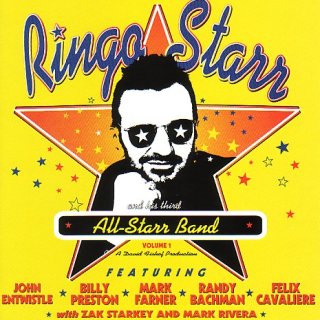
Ringo Starr and His Third All-Starr Band, Volume 1 is a limited edition live album by Ringo Starr and his All-Starr Band, recorded at the Nippon Budokan in Tokyo, Japan. It was released on 12 August 1997 by Blockbuster for $5.99. The All-Starr Band included the return of the keyboardist Billy Preston from the First All-Starr Band, and Starr's son Zak Starkey continuing from on from the Second All-Starr Band.

"Back Off Boogaloo" is a song by English rock musician Ringo Starr that was released as a non-album single in March 1972. Starr's former Beatles bandmate George Harrison produced the recording and helped Starr write the song, although he remained uncredited as a co-writer until 2017. Recording took place in London shortly after the pair had appeared together at Harrison's Concert for Bangladesh shows in August 1971. The single was a follow-up to Starr's 1971 hit song "It Don't Come Easy" and continued his successful run as a solo artist. "Back Off Boogaloo" peaked at number 2 in Britain and Canada, and number 9 on America's Billboard Hot 100. It remains Starr's highest-charting single in the United Kingdom.

"A Dose of Rock 'n' Roll" is a song written by Carl Groszman, who at the time was signed to Ringo Starr's record label, Ring O' Records. Starr released his own recording of the song on his 1976 album Ringo's Rotogravure. Also issued as the album's lead single, it became his first hit as an Atlantic Records artist.
"Six O'Clock" is a song by English rock musician Ringo Starr from his 1973 album Ringo. It was written by Starr's former Beatles bandmate Paul McCartney and the latter's wife, Linda, who also participated in the recording of the song. It was the first time McCartney and Starr had worked together since the Beatles' break-up in 1970. Their collaboration reflected an easing of the tensions that had existed between the two musicians for much of that period.

















